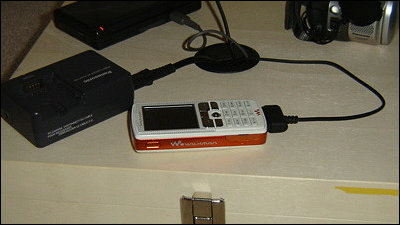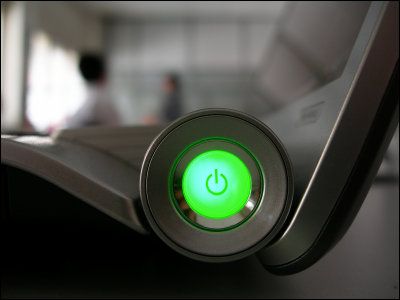What is the mechanism of wireless charging and what are the problems?

by
It is a wireless charging function that is becoming commonplace on Android devices, but it has been adopted since iPhone 8/8 Plus / X that appeared in 2017 on iPhone. As the iPhone supports wireless charging, many wireless chargers are now sold at consumer electronics retailers , etc. I'm here.
How wireless recharging works – and doesn't, yet
https://theconversation.com/how-wireless-recharging-works-and-doesnt-yet-104376
Nikola Tesla , an inventor and electrical engineer, had already devised a method of transmitting power through the air in 1890, but wireless charging has finally become a reality after more than a century has passed. The basic mechanism is similar to a method in which radio waves are transmitted from a radio station and received by the radio.
In wireless charging, electricity is converted into electromagnetic waves and transmitted into the air, and when the destination is reached, the electromagnetic waves are converted into electrical signals and charged. In this case, it is necessary to transmit and receive electromagnetic waves with much higher energy than the radio waves used for radio.
At the time of writing the article, the main problem with wireless charging is that ``even if the distance between the transmitter and receiver is only a few centimeters, the power that can be transmitted is very small.'' With commercially available wireless chargers, charging starts when the smartphone is placed on top, but charging stops as soon as the smartphone is lifted from the charger. Researchers and companies are working to develop long-range wireless power transfer technology , but it's still not possible to simply park an electric car in a highway rest area or home garage to charge it.

If it becomes possible to charge large amounts of power over long distances, for example, people who have devices embedded in their bodies, such as pacemakers, will no longer need to take out their devices for charging, and electric vehicles may be able to charge while running on the road. I can't. In addition, there is no need to replace the batteries of smoke detectors installed at home, and the development of lighting that can be charged wirelessly at all times may allow lighting to be installed anywhere, regardless of the location of an outlet.
The connection between the power transmitting device and the power receiving device is very important in wireless charging. Ideally, power is transmitted most efficiently when the frequency of the electromagnetic waves emitted by the power transmitter matches the resonance frequency of the device on the power receiving side.
When a truck passes by a house, the whole house may rattle when one truck passes, while the house may not shake as much when another truck passes. This means that the resonance frequencies match, which means that the vibration frequency emitted by the track and the resonance frequency of the object match. In the case of wireless charging, if the frequency of the electromagnetic waves and the receiving device do not match, the amount of power transferred will be greatly reduced.

Priya's research team is working on a system that automatically adjusts the frequency of the transmitting side 'like tuning a radio' until the frequency of the electromagnetic wave and the receiving side match. For example, when parking an electric vehicle, it is not possible to park in an ideal positional relationship between the stationary power transmission device and the power reception device installed in the car, and the vehicle may shift diagonally or be too far away. .
In such a case, if the machine on the power transmission side can detect that the power is not being transmitted properly and change various factors to change the frequency of the electromagnetic waves, it will be possible to supply power more efficiently than ever before. As Priya's research progresses, wireless charging mechanisms may soon be installed everywhere in our lives.
Related Posts:







